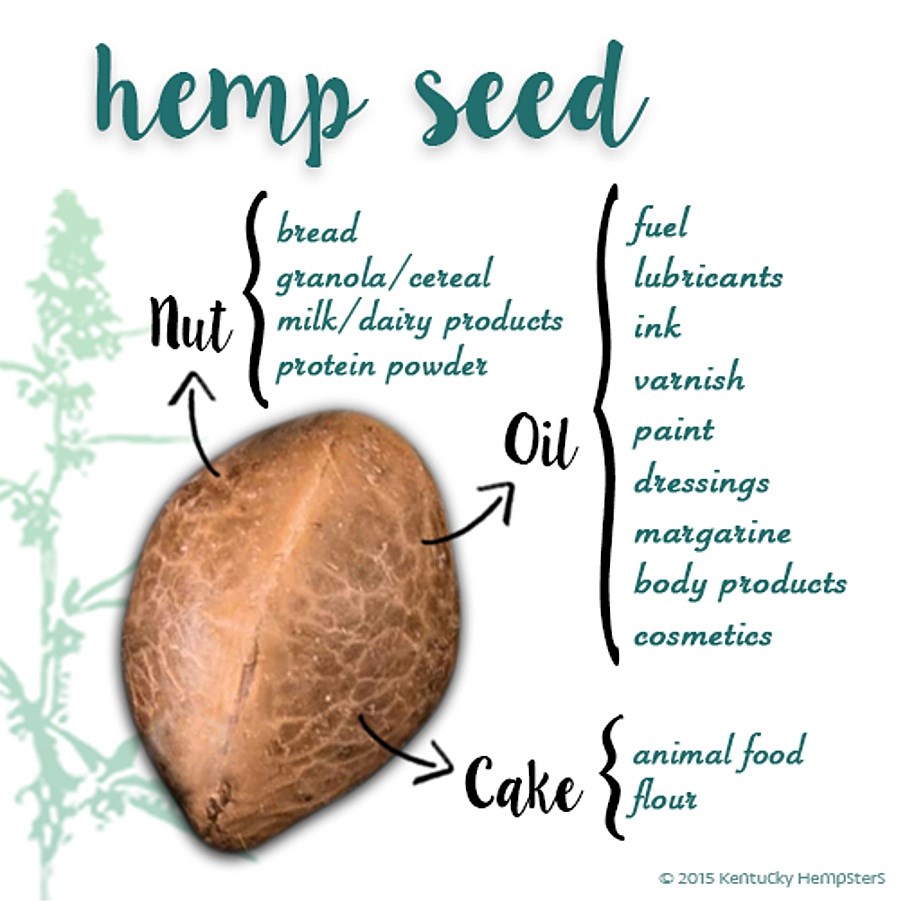Did you know that hemp is not just a wonderfully nutritious food that also makes fabulous fabric, but that we can build with it, too? In fact, there are hundreds of uses of industrial hemp dating as far back as 1200 BC, with Egyptian paper-making. There are, therefore, countless ways we can support Canadian farmers while saving the planet.
The 2014 documentary Bringing it Home: Industrial Hemp and a Greener Future tells a remarkable story. When mixed with hydrated lime, industrial hemp is the world’s healthiest building material. Walls of hempcrete and hemp fibre insulation are breathable.
Additionally, they not only absorb toxins, pollutants and carbon from the atmosphere but also regulate the inside temperature and humidity of a building — air conditioning is not required. Lime prevents hempcrete from ever growing mould or mildew, which can never be said of standard insulation and drywall, both of which contain toxic materials. Hempcrete is also fire-resistant, pest-resistant and non-toxic.
England’s 42-home Triangle Project, designed by award-winning architect Glenn Howells, boasts how safe and quiet their hempcrete construction site is. No masks and heavy machinery are needed. It essentially comprises “buckets, blokes and [wheel]barrows.” Those in the hemp construction industry continue to tout that they cannot find another material that matches industrial hemp.
Buildings account for a total 51% of all global carbon emissions (9% construction, 42% energy use). Combining hemp with lime actually produces a carbon-negative — not just -neutral — product. More carbon is absorbed during crop growth and building use than released during hempcrete production.
In 2006, the U.K.’s Adnams Brewery was the first to use lime-hemp block on an industrial scale and it never needs to artificially heat or cool its facility. The British department store chain Marks & Spencer’s also built its Cheshire department store using hemp panels, saving some 400 to 500 tons of carbon in wall construction.
There’s also the very real problem with sick building syndrome. Plastic sheeting and sealants prevent our modern buildings from breathing. Toxins used in insulation, drywall, carpet and paint are therefore trapped, exposing our air and skin to chemicals such as formaldehyde, methylene and butoxyethanol. Many suffer from headaches, asthma, fatigue and eye/throat irritation without necessarily knowing the root cause.
Tony Budden, co-founder of South Africa’s Hemporium, has been surfing for years. He notes that 20 years ago, he never saw plastic on the beaches. Did you know 50% of our global oil consumption goes towards plastics production? It’s not just about driving less.
Over the centuries, hemp has been used for a vast array of products. When it comes to textiles, a Canadian study comparing a hemp versus cotton T-shirt revealed a minimum savings of 2,000 litres of water, a cup of pesticides and agrochemicals, and less land and energy being required.
For paper products, a 1916 study by U.S. Department of Agriculture botanist Lyster Dewey showed that hemp produces four times as much paper as do trees. In addition to being a nutritious food — it can even be used to make beer! — hemp has been used for centuries to make rope, sails and canvas. Other uses include bedding, biofuels, insulation, and body and skincare products. In the U.K., industrial hemp is primarily used in the automotive (door panels) and animal bedding industries. In the near future, however, the construction industry will likely consume some 75% of the U.K. hemp market.
In Canada, industrial hemp is regarded as a new alternative crop that complements prairie crop production rotations. It breaks the traditional crop disease cycles affecting cereals while offering enhanced cropping profits for farm businesses. Currently, the grain industry is driving the development of the hemp crop in Canada.
Melissa Chaun of Port Moody is an ecologist with a passion for all things sustainable. She is events co-ordinator with the Rivershed Society of BC and volunteers on various city committees. Her column runs monthly.
••••••••
HOW TO USE HEMP
Here’s what we can do to promote the use of hemp:
• Buy it: Support our farmers who grow hemp, buying products from Hemp Oil Canada, Manitoba Harvest (hemp milk) and Hempco, as well as North American companies that use Canadian-grown hemp: Nature’s Path and Dr. Bronner’s soaps.
• Eat it: Save a fish, eat more hemp! Compared with olive oil, hemp oil has 25 times the omega-3 fatty acids and half the saturated fats. Rich in protein, hemp seed has the perfect balance of essential fatty acids of any terrestrial crop, making it an ideal fish substitute. Put it on your oatmeal, in your smoothie, in your bread and even on your ice cream.
• Wear it: Our textile footprint is our second-to-largest footprint on the planet after our “foodprint.” Versatile, breathable, washable hemp fabrics also shy away from toxic dyes. Remember, your skin is your largest organ and It absorbs everything we put on it and next to it. Wearing hemp is the best way to share the good news.
• Tell it: Encourage your elected officials and institutions to support research and development of industrial hemp. Building processing plants in Alberta, Saskatchewan, Ontario and Quebec, where industrial hemp is currently grown, doesn’t just create thousands of jobs but thousands of healthy jobs. Help build awareness by visiting and sharing bringingithomemovie.com.



